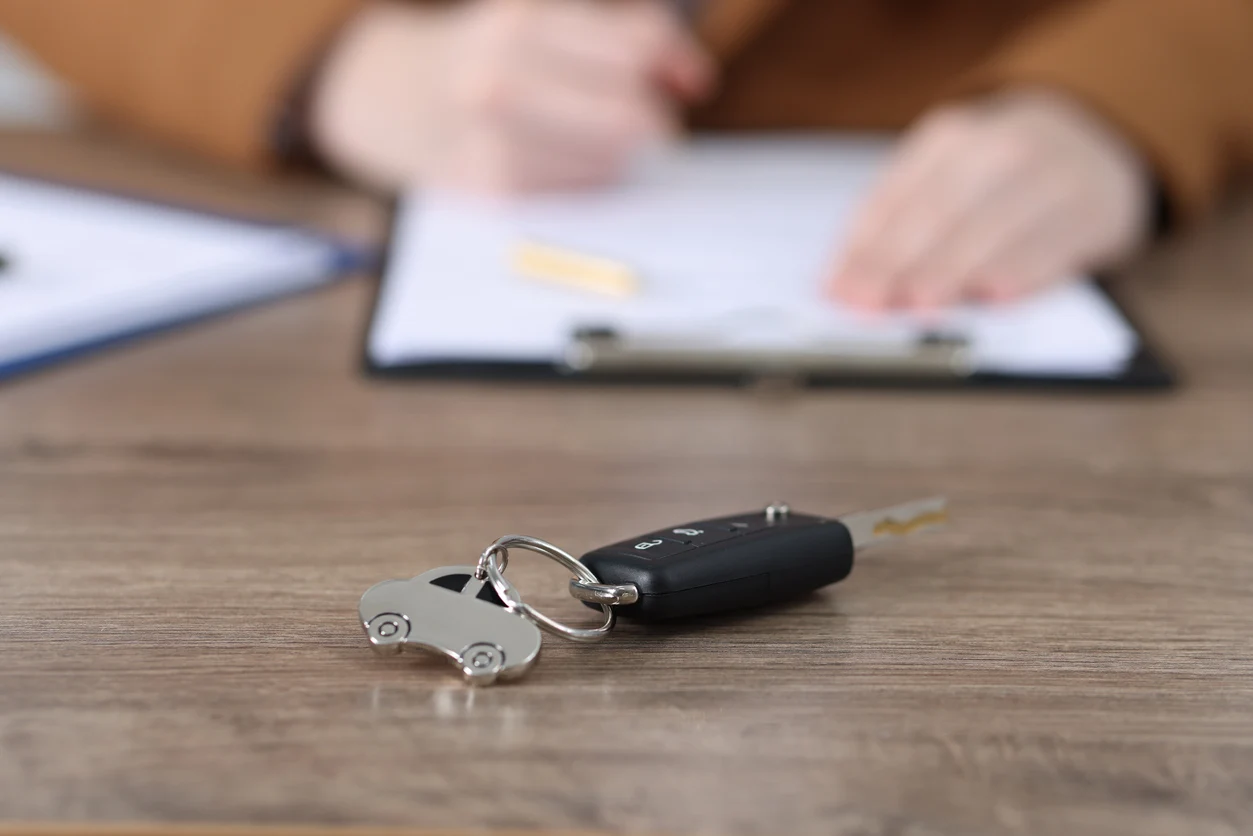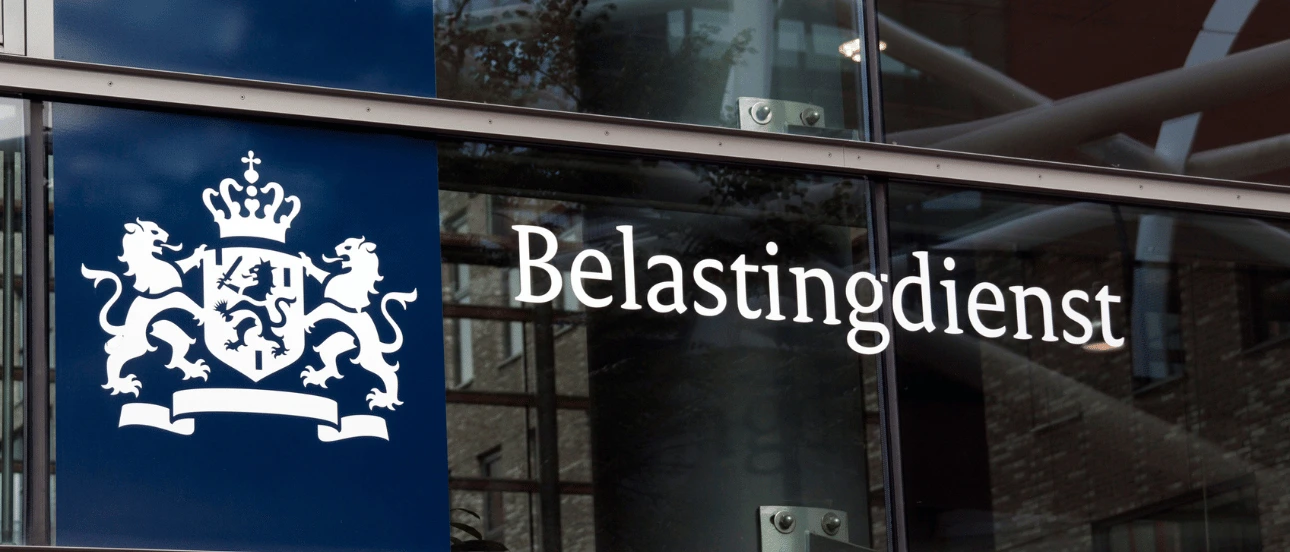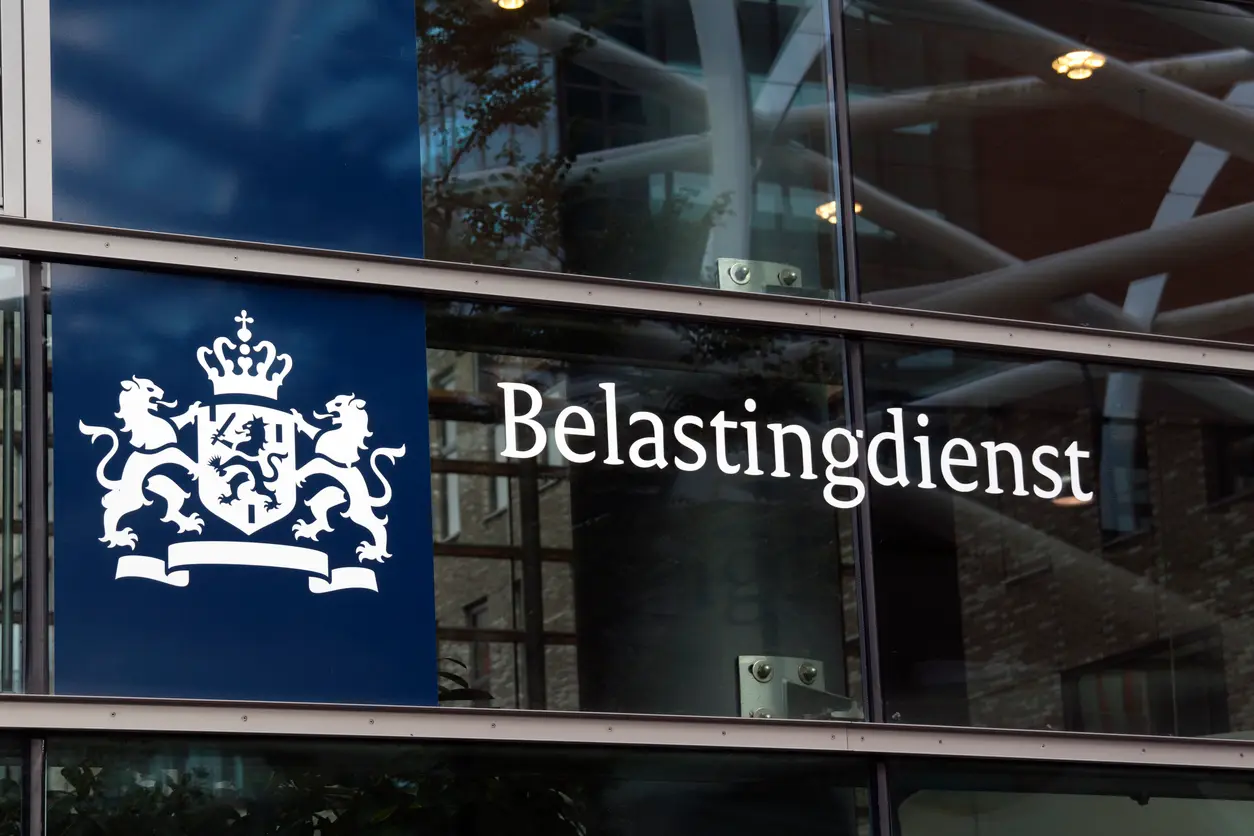What is financial leasing?
Financial lease is a type of business loan through which you as a business owner buy a car and pay for it in instalments. The leasing company pays for the car first. You pay that amount back in fixed monthly payments. From the start, you are the economic owner and the car is on your balance sheet.
How exactly does it work (payment, maturity, interest)?
With financial leasing, you agree on the length of the lease contract (usually between 12 and 60 months). You also agree on the interest rate and any final instalment. Each month, you pay an amount consisting of interest and repayment. A down payment is often not obligatory. Because the car serves as security, you usually do not have to show annual figures.
Ownership and balance sheet: why is the car in your name?
Since you are therefore the economic owner, the car is in your name and appears on your company's balance sheet. You are responsible for insurance, maintenance and road tax. You therefore have complete freedom: there is no mileage limit and you can choose where you have maintenance done.
Overview of advantages and disadvantages
Table: Financial lease at a glance
| Advantages | Cons |
| No major upfront investment required | You arrange maintenance & insurance yourself |
| You own the car | Long-term financial commitment |
| No mileage restrictions | Car drops in value: your risk |
| Tax advantages (VAT, depreciation) | Redemption + interest = higher total price |
| No BKR on private name | Additional charges for >500 km private use |
Tax benefits: VAT refund, interest deduction, depreciation
You may recover VAT on the purchase and costs, but only for the business part. You can deduct the interest you pay on the lease as business expenses. You write off the car over a number of years. As a result, you have less profit and pay less tax. Sometimes you can also get an investment deduction (especially if you choose an electric or sustainable car).
Terms
Most self-employed people can get financial leases (even without annual figures). However, you must be registered with the Chamber of Commerce as an entrepreneur, have a valid driving licence and be financially reliable. The car is used as security. A negative BKR registration can sometimes be tricky, but usually this does not apply if you have the lease in your business name.
Difference with operating lease
With financial leasing, you are in charge of the car yourself and arrange everything. Think of maintenance and insurance. With an operational lease, you rent the car and most costs, such as maintenance and insurance, are often already included in the monthly amount. At the end of the lease, you return the car. Would you like to have fewer worries? Then also read our article on operational lease car for sole traders.
Conclusion
Financial lease is very popular among self-employed people who like to be in charge of their own car. This is because you get tax benefits and it is nice and easy to pay the purchase price in parts. You build up value and keep control of your car. Just make sure you estimate the monthly costs correctly. If in doubt, talk to an accountant. That way, you can choose what suits your business best.






